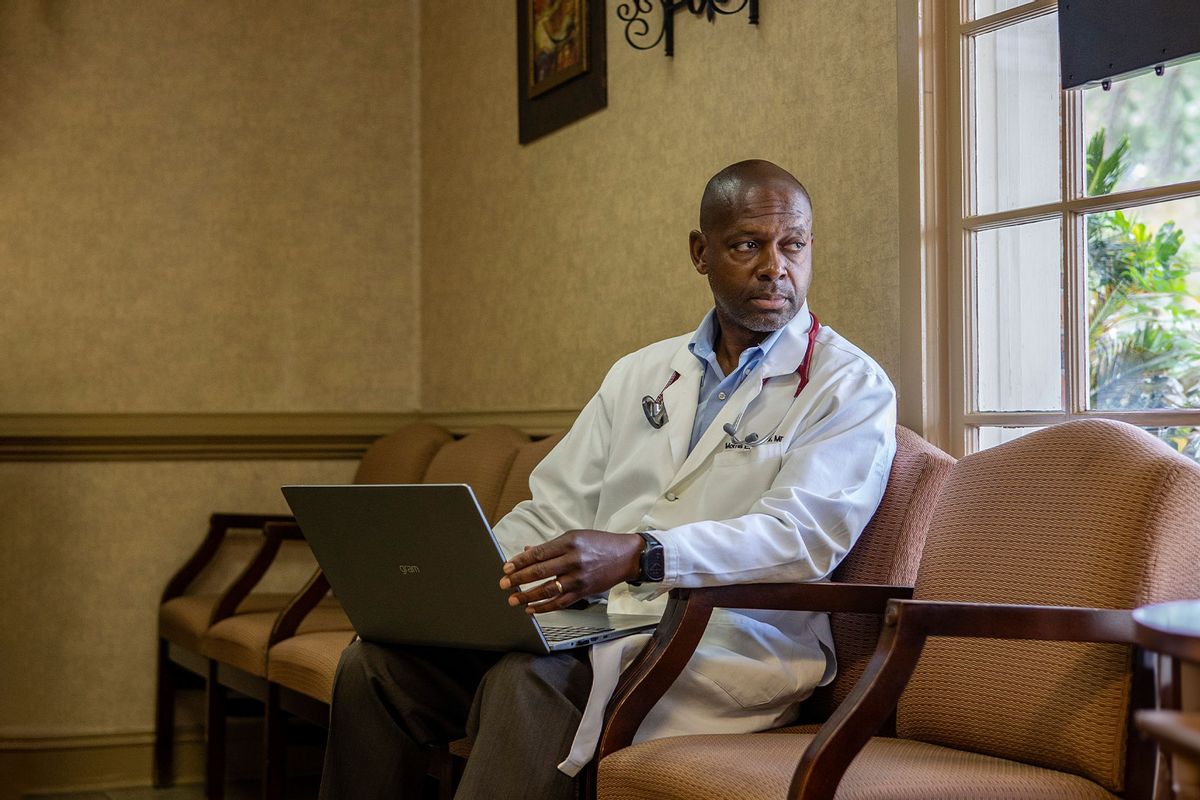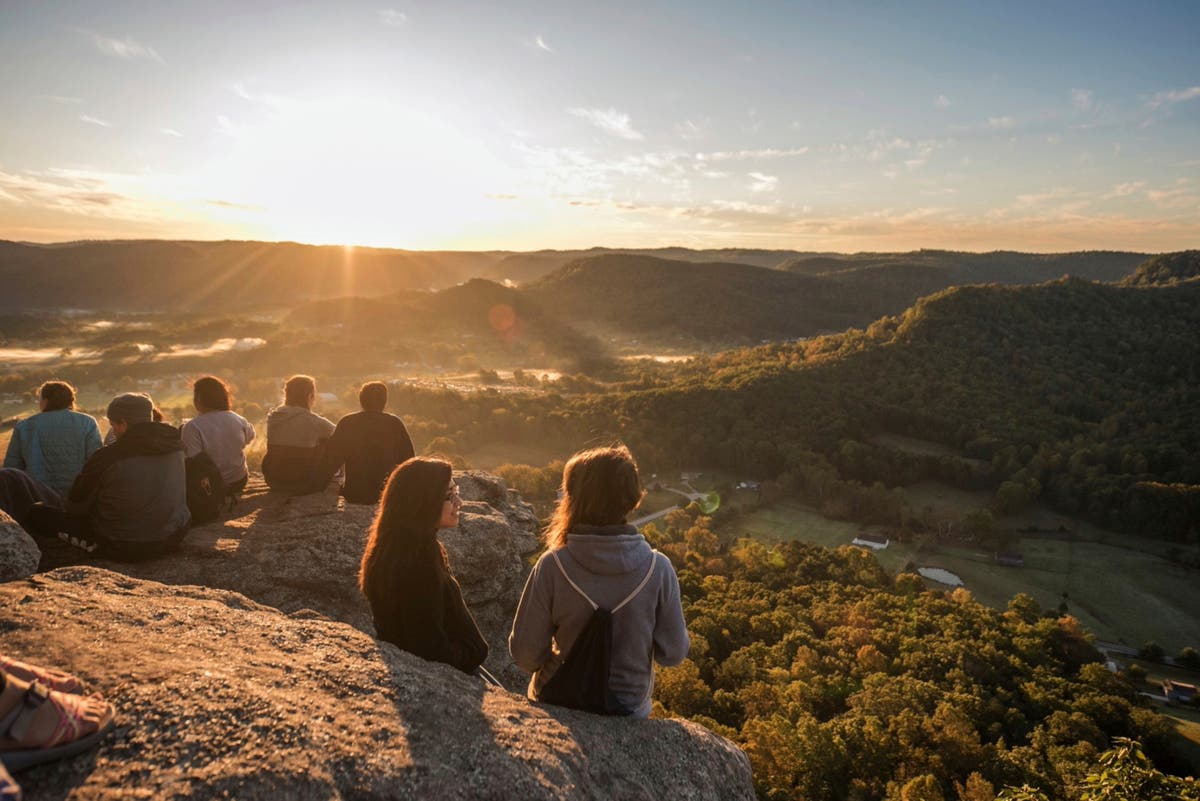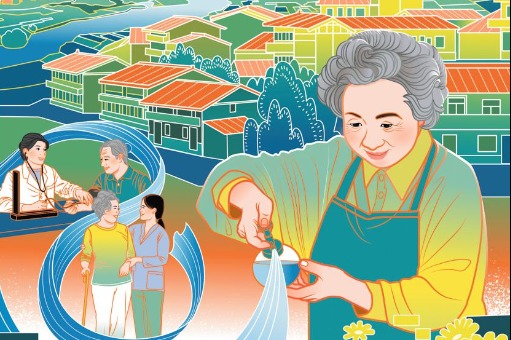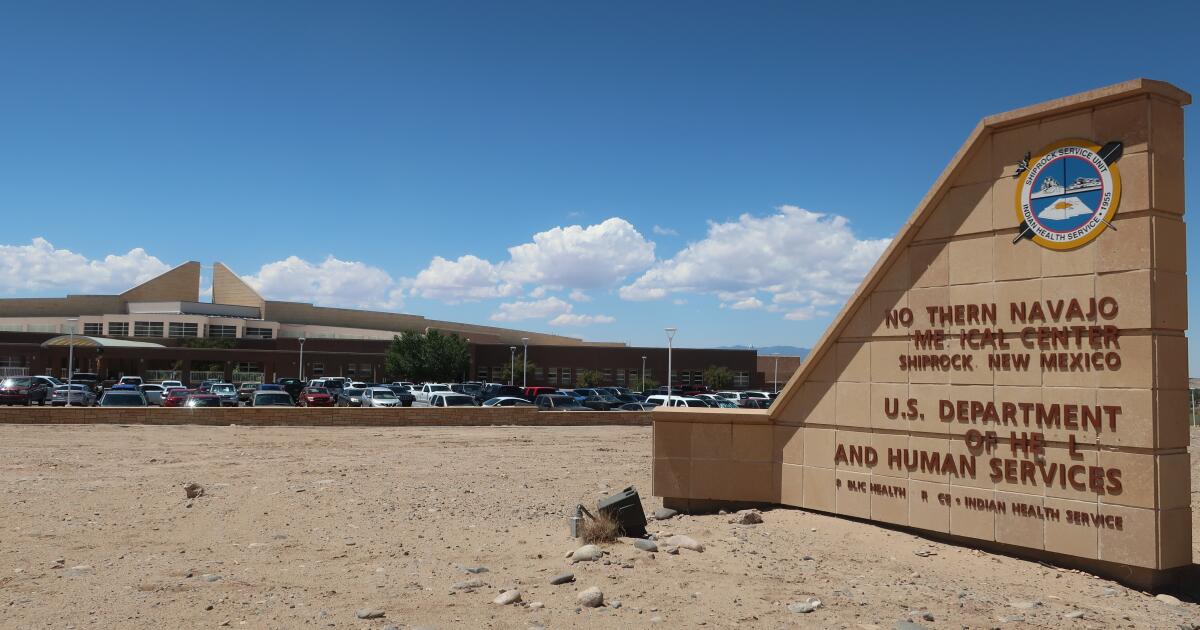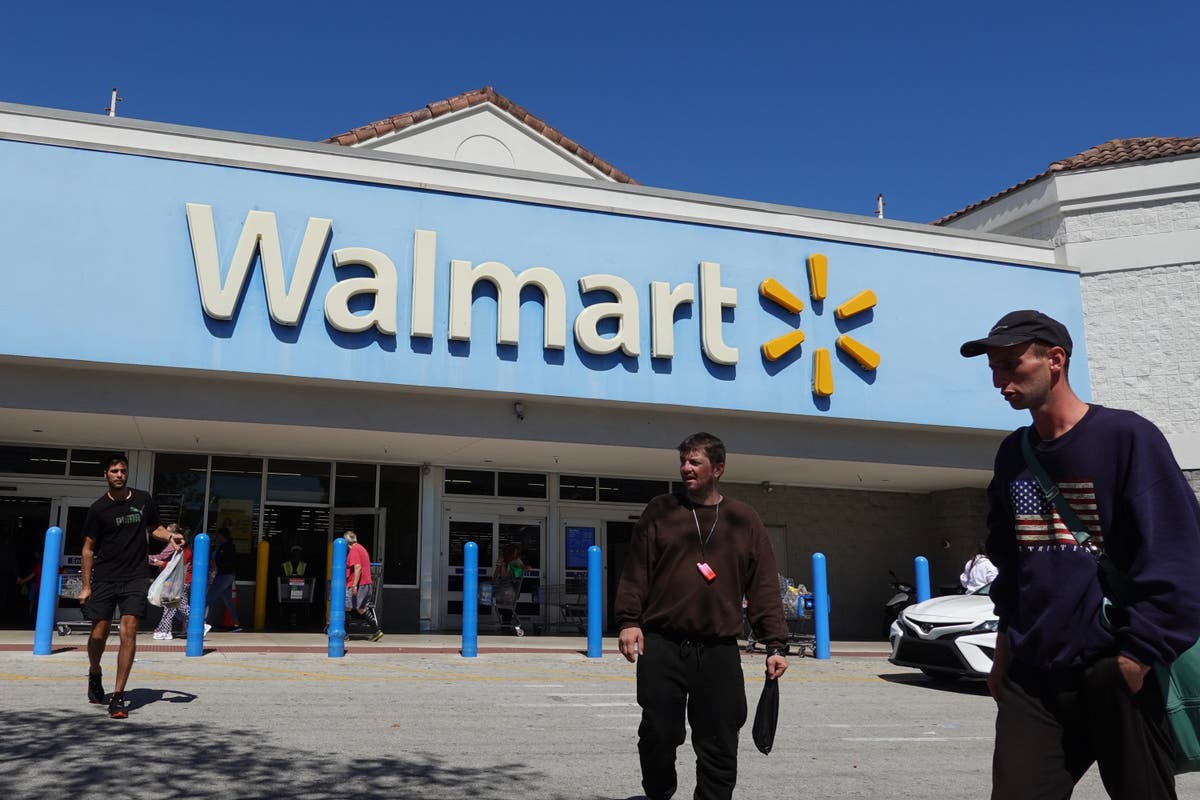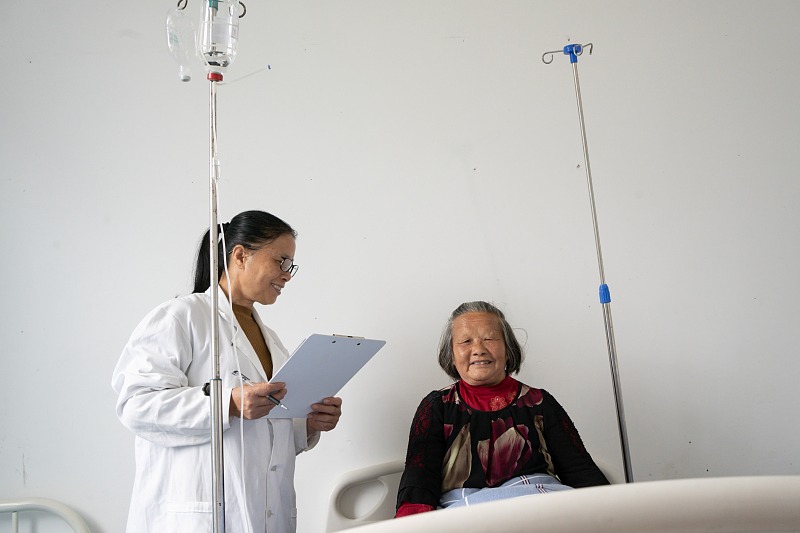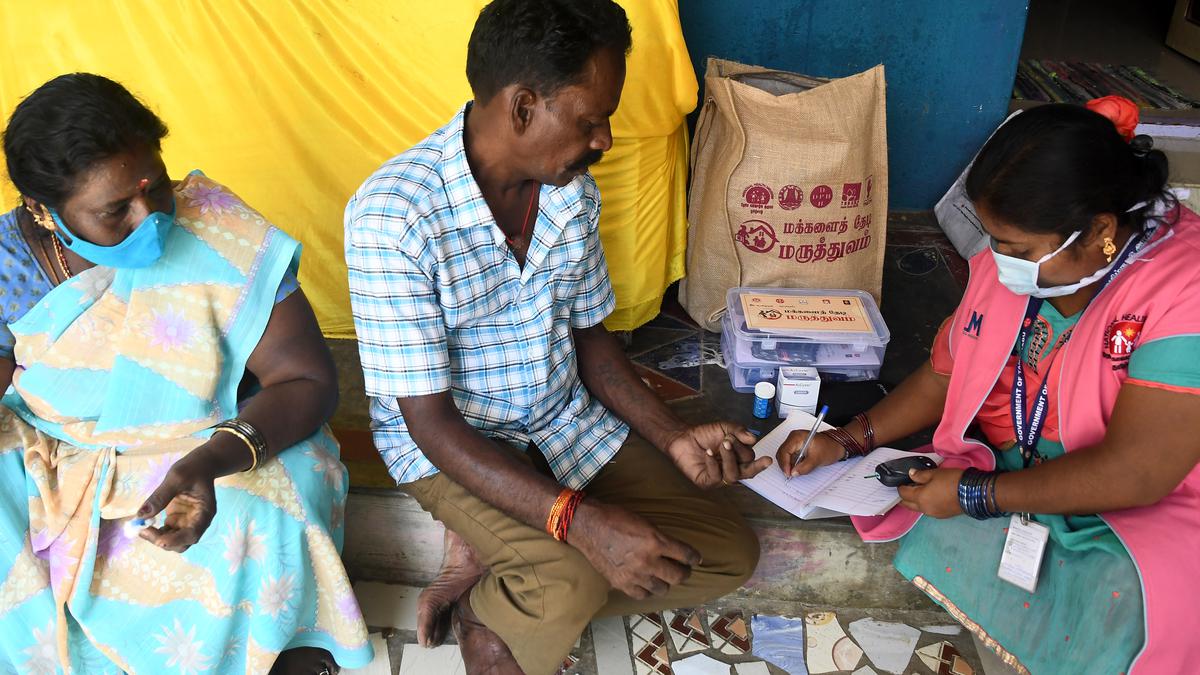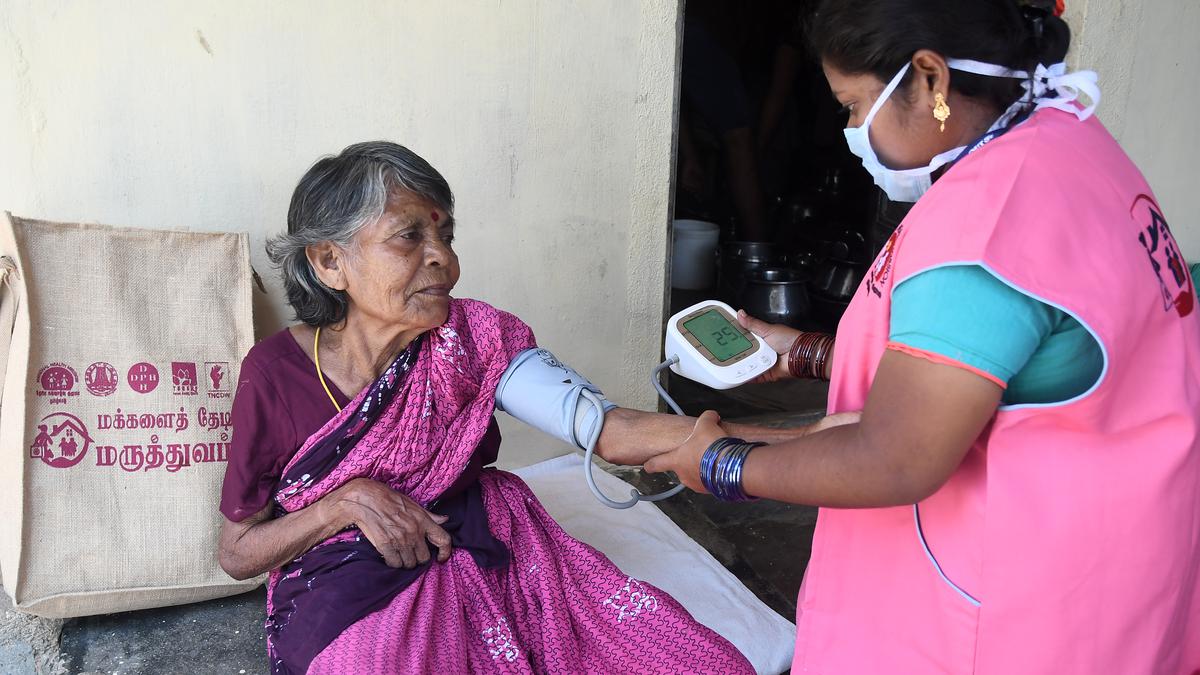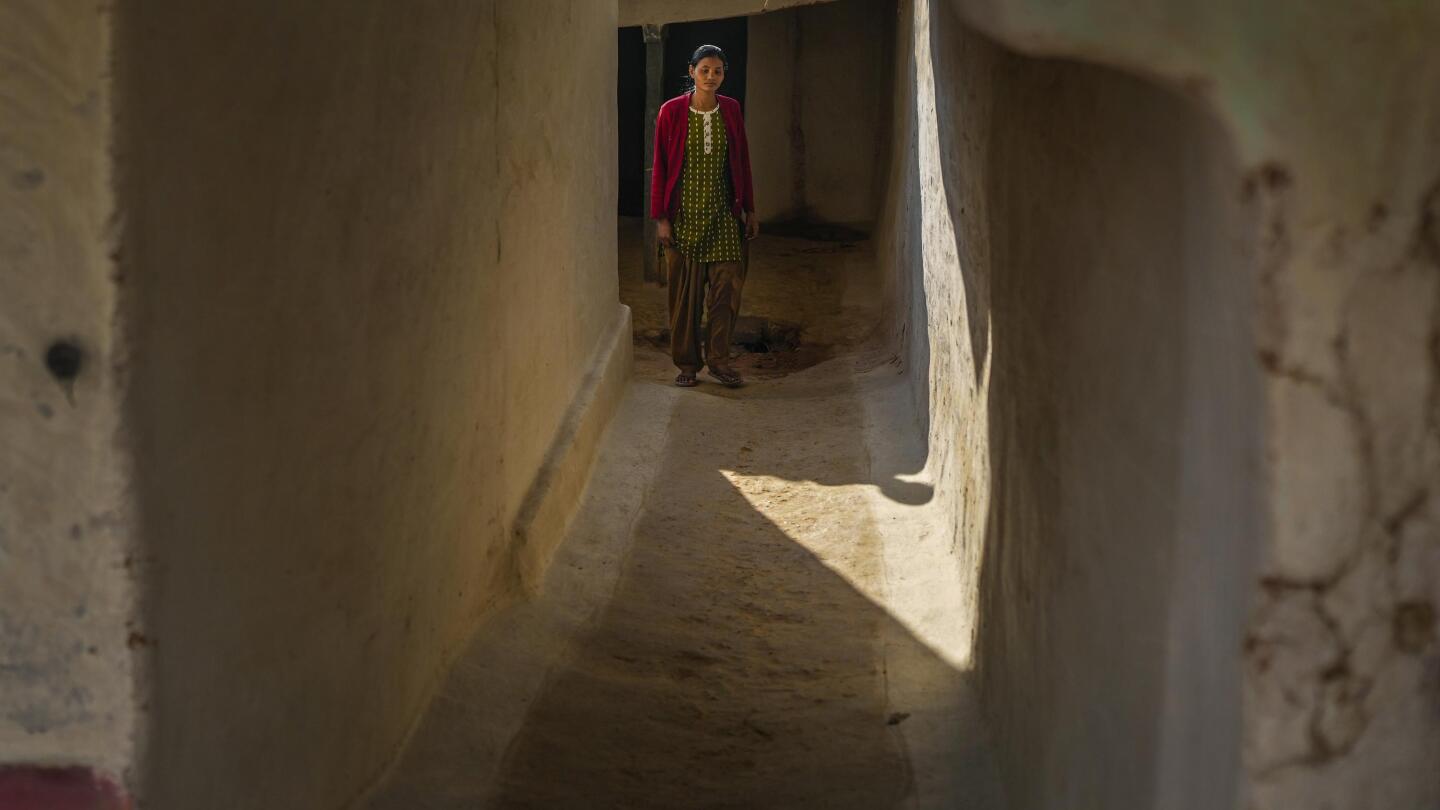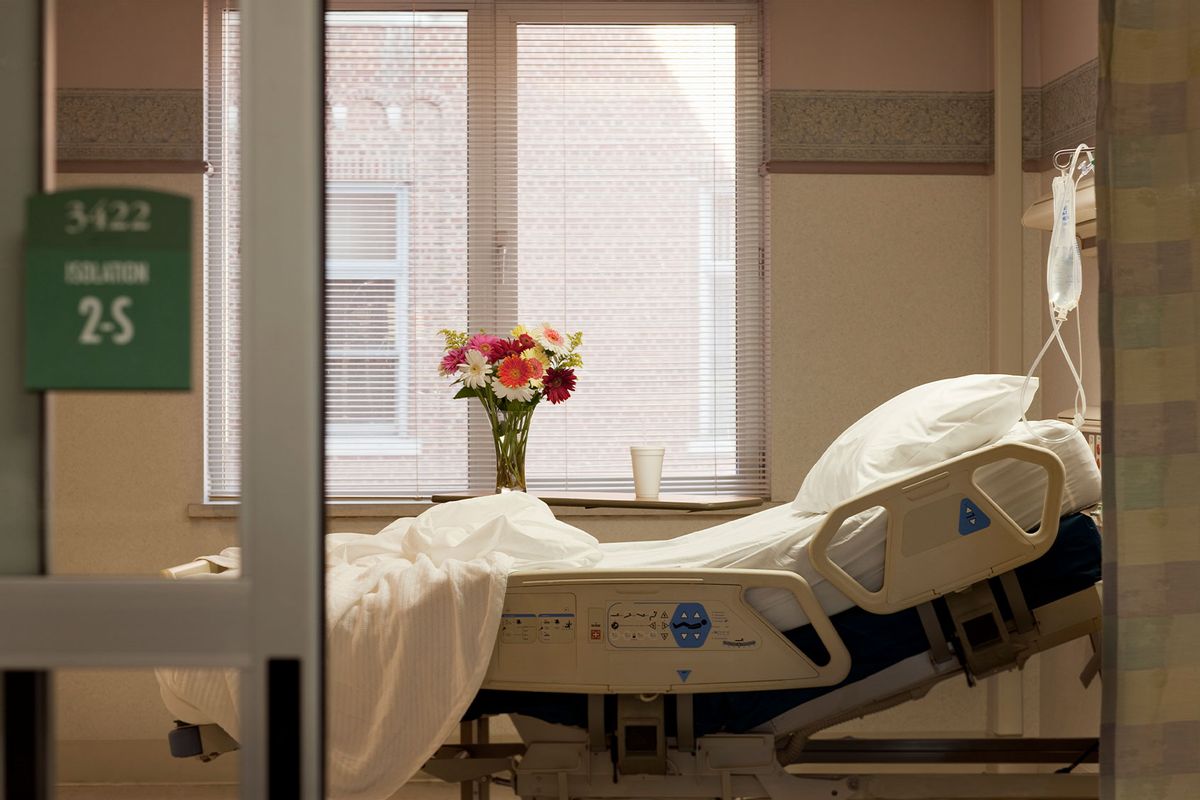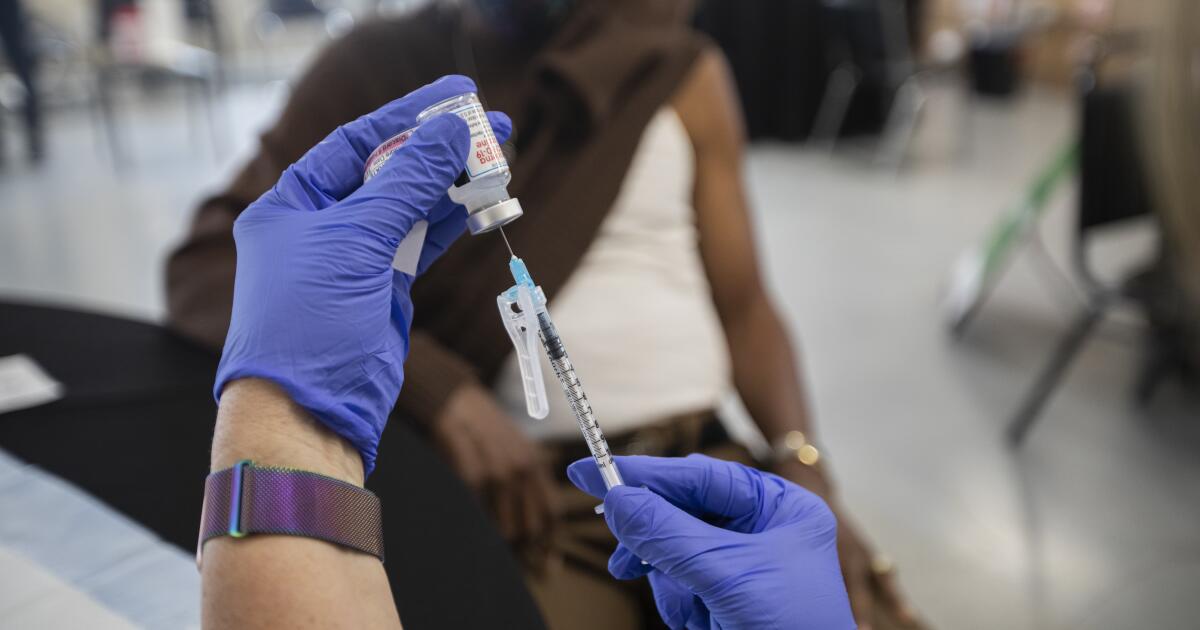Rural communities of color across the US find new ways to get the health care they need
Associated PressHaywood Park Community Hospital was the closest hospital for many in Brownsville, Tennessee, a rural city in the western part of the state. “Despite my ill feelings or experiences I had in that environment,” said Alma Jean Thomas Carney, who described the hospital’s white staff as unwelcoming, “you have indigent people living in Haywood County who need to get to the closest facility available.” It’s more common for people in rural areas to die earlier than urban residents from things like heart disease, cancer and stroke, according to the Centers for Disease Control and Prevention. There may be no nursing home or place to get rehab or long-term care other than these hospitals.” When a hospital does stay open in a large rural area where few people live, the facility may not see the number of patients it would need to see to be profitable, said Arrianna Planey, who researches health policy and management at the University of North Carolina. by the private insurance plans.” Doulas and mobile health clinics help Low Medicaid reimbursements play a role in maternity wards closing in rural areas, along with worker shortages and declining birth rates. “Three of them were lucky; there was minimal or no organ damage at the time we found them,” he said, adding the fourth has kidney failure and liver damage “because he went so many years without knowing he was diabetic.” There’s something else communities should strive for, too, said NORC Walsh Center for Rural Health Analysis director Alana Knudson: a positive attitude and outlook.
History of this topic
Discover Related

